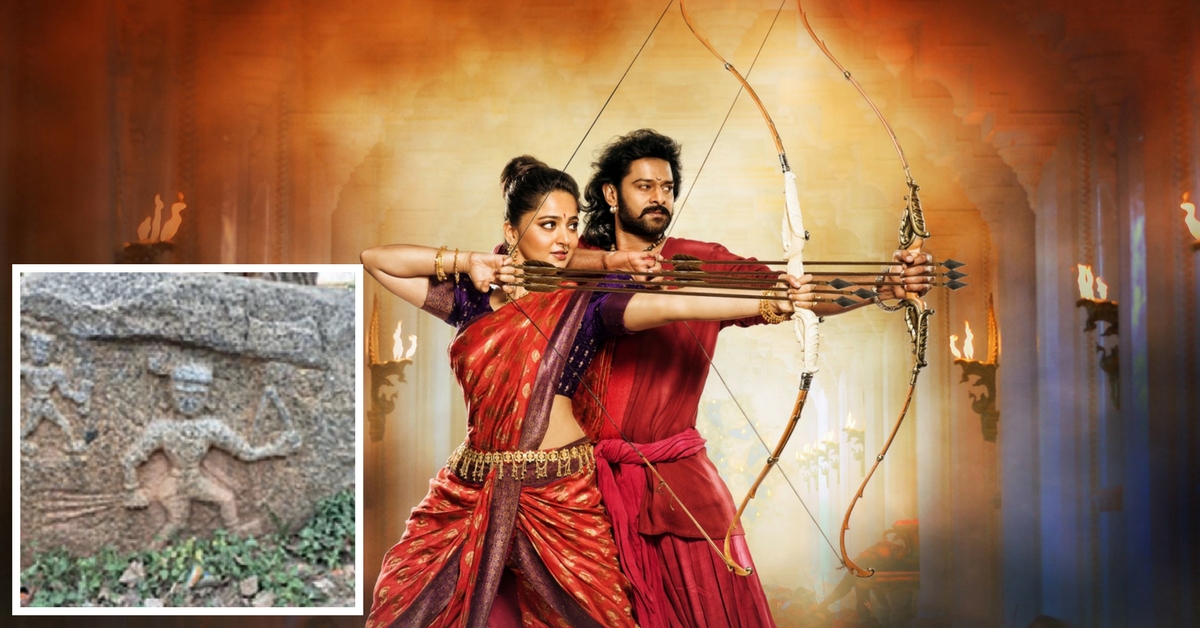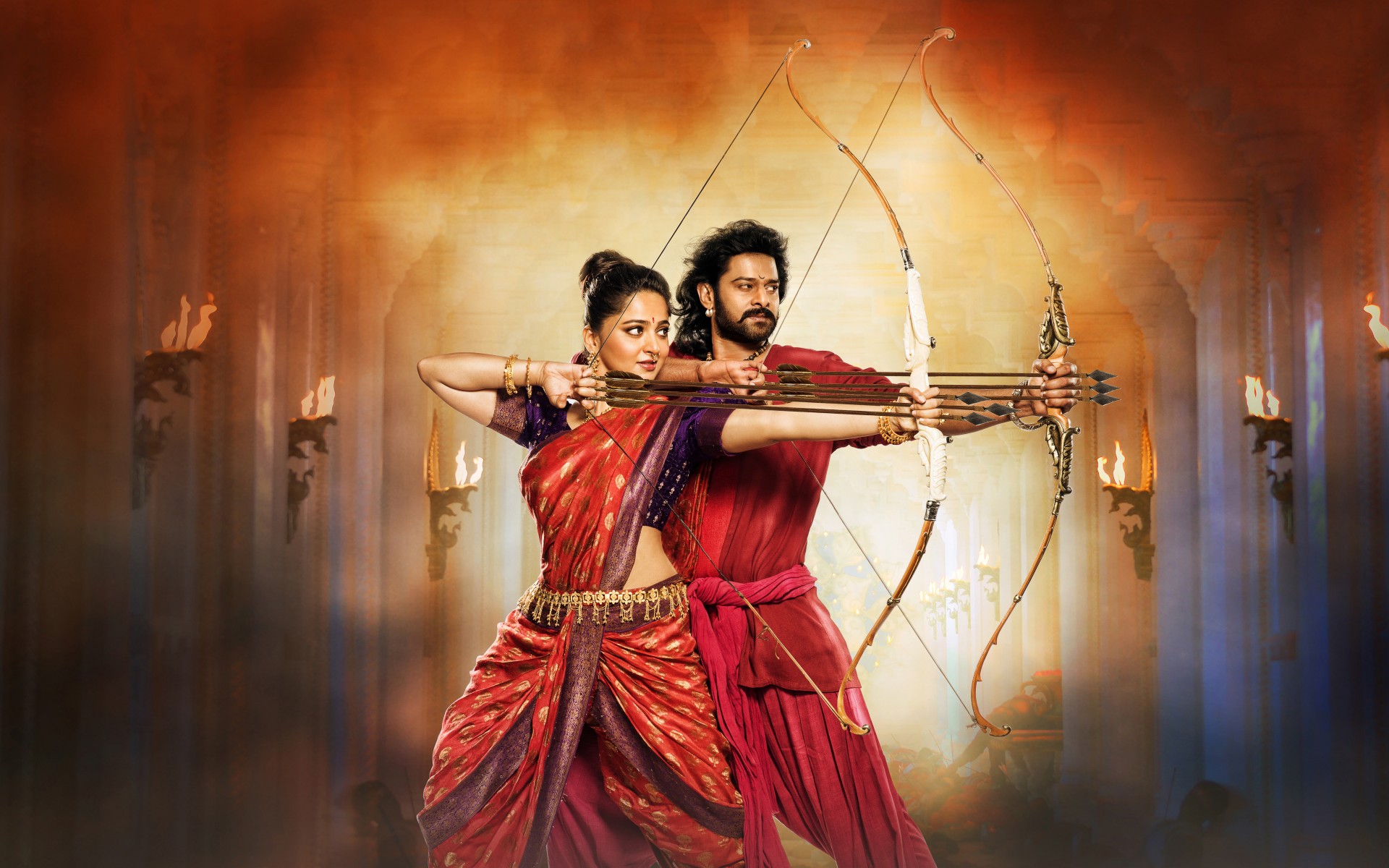Baahubali’s 3-Arrow Archery Style Might Be Real! Carvings on 13th Century Stones Suggest.
The technique portrayed in the film had triggered debates about its authenticity. But after the discovery of the stones, can the technique be still rubbed off as a director's invention?

Do you remember the sequence in Baahubali 2: The Conclusion, when Amarendra Baahubali teaches his ladylove Devasena how to defend herself from archers using three arrows at a time from a single bow?
Looks like the technique might have indeed been a skill wielded by archers from the yore and not just the imagination of the film’s director, S S Rajamouli.

A team from Hosur Aram Archaeological Research Centre stumbled upon three hero stones belonging to the Vijayanagara period at Gikur settlement near Thally in Tamil Nadu.
While two of the stones showcased warriors with three arrows in the right hand and a bow in the left, the scene seems to have unbelievable similarity to the war technique that the larger-than-life celluloid hero Baahubali had brandished.
“They were once heroes like the fictional character Baahubali, who could shoot three arrows at a time”, Krishnan, who is the founder of the centre told DT Next.
A memorial commemorating the honourable death of a hero in battle, hero stones were erected across the Indian subcontinent between the 3rd century BC and the 18th century AD.

Explaining that the expert archers in the hero stones could have belonged to the Kangar community, who were hailed to be skilled warriors, Krishnan also said that the warriors depicted in the stones seem to have very different physique and hairstyles.
You may also like: Baahubali’s Mahishmati Empire Shares Its Name With This Ancient City in Central India
“The stones could have been collected from different places and preserved here. Also, since these do not have any inscriptions, the villagers seem to be unaware of the heroic deeds of the heroes, though they stand testimony to bravery of people of this region”, he added.
According to the research team, the stones could date back to 13th and 14th century AD.
Feature image inset source: Times of India.
Like this story? Or have something to share?
Write to us: [email protected]
Connect with us on Facebook and Twitter.
NEW: Click here to get positive news on WhatsApp!
This story made me
- 97
- 121
- 89
- 167
Tell Us More
We bring stories straight from the heart of India, to inspire millions and create a wave of impact. Our positive movement is growing bigger everyday, and we would love for you to join it.
Please contribute whatever you can, every little penny helps our team in bringing you more stories that support dreams and spread hope.


















